#voyage to the moon
Explore tagged Tumblr posts
Text

More Reise zum Mond stuff because. Well. You see. It’s really good and every single character is a loser and I‘m having loads of fun


🔬🧍♂️

#morf's art#reise zum mond#die reise zum mond#voyage to the moon#trip to the moon#le voyage dans la lune#jacques offenbach#traditional art#operetta#look at my moon people
15 notes
·
View notes
Text

DON'T LET HIM STAND IN OUR WAY!
(x)
#reise zum mond#prince caprice#princess fantasia#die reise zum mond#voyage to the moon#trip to the moon#le voyage dans la lune#jacques offenbach#the family crest#*trips and falls and more operetta art falls out of my pockets*
8 notes
·
View notes
Text










'Le Voyage Dans La Lune' (Voyage to the Moon) 1902.
18 notes
·
View notes
Text





I love our future god-queen.
#sera myu#un nouveau voyage#sailor moon#sailor moon musical#gif#rei hino#minako aino#makoto kino#ami mizuno#usagi tsukino#mugen academy#sea of serenity subs
931 notes
·
View notes
Text
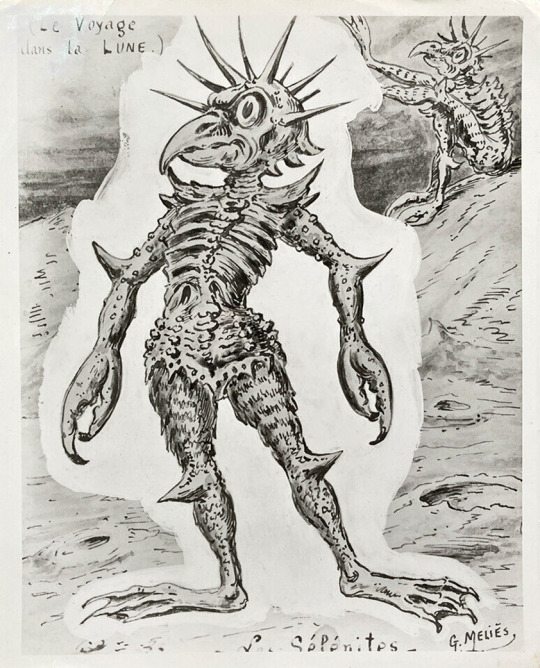
Georges Méliès' concept art for Le voyage dans la lune, 1902
#georges méliès#concept art#art#le voyage dans la lune#a trip to the moon#1900s movies#1902#sci fi#fantasy#comedy#short film#silent film
816 notes
·
View notes
Text
First image of the earth and the moon in a single frame, Voyager 1
165 notes
·
View notes
Text
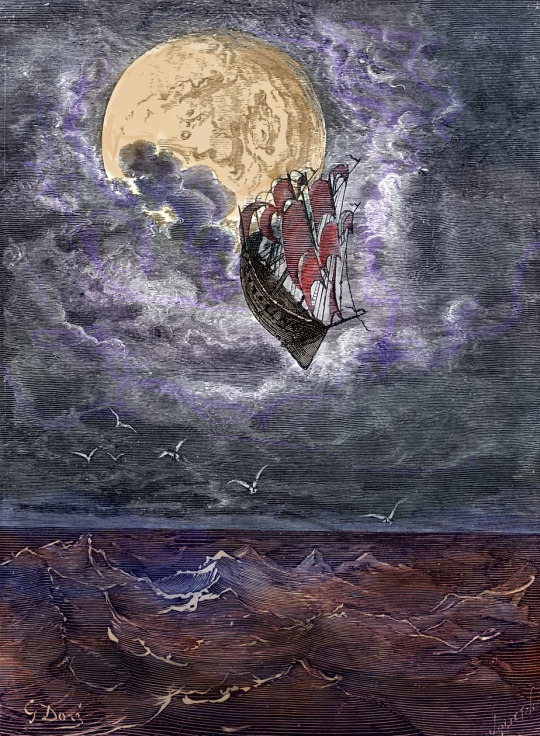
A Voyage to the Moon (The Adventures of Baron Munchausen) by Gustave Doré
#gustave doré#art#baron munchausen#voyage#moon#the adventures of baron munchausen#german#nobleman#germany#journey#travels#travelling#sky#sea#boat#ship#flying#full moon#clouds#baron münchhausen#hanoverian#hanover#campaigns#rudolf erich raspe#europe#european#storyteller#adventure#aristocratic#aristocrat
645 notes
·
View notes
Text

Voyager 1, Tethys Moon, Dione Moon, Saturn Planet, 1980
104 notes
·
View notes
Text

#phoebe bridgers#boygenius#moon song#punisher#stranger in the alps#i know the end#voyager#revolution 0#savior complex#graceland too#halloween#the gold#that funny feeling#the record#letter to an old poet#emily im sorry#cool about it
288 notes
·
View notes
Text

“La rêverie est le clair de lune de la pensée.” Jules Renard
#art#lune#moon#paysage#landscape#nature#photography#naturephotography#landscapephotography#photo#travel#naturelovers#photooftheday#voyage#montagne#sunset#photographie#picoftheday#on#focus#vacances#soleil#paysagemagnifique#randonn#mountains#mer#photographer#sky#travelphotography
175 notes
·
View notes
Text

"A specal color reconstruction of the eruption of the volcano Loki pn the Iovian satellite Io. The picture was taken by the Voyager I from a range of about half a million kilometers." March 5, 1979.
Voyage to Jupiter. 1980. Scientific and Technical Information Branch NASA.
#nasa#space exploration#jupiter#io#volcano#moon#space photography#astronomy#nemfrog#1979#1980#1970s#voyager 1
506 notes
·
View notes
Text
Hey (With the intent to tell you about an 150 year old operetta)

Idk man my local production of this has bewitched me and I am obsessed
More stuff under the cut 👇



#morf's art#die reise zum mond#trip to the moon#voyage to the moon#le voyage dans la lune#jacques offenbach#reise zum mond
18 notes
·
View notes
Text





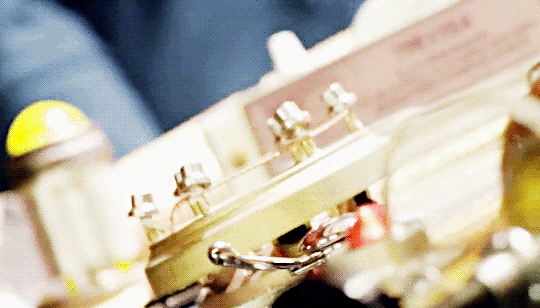
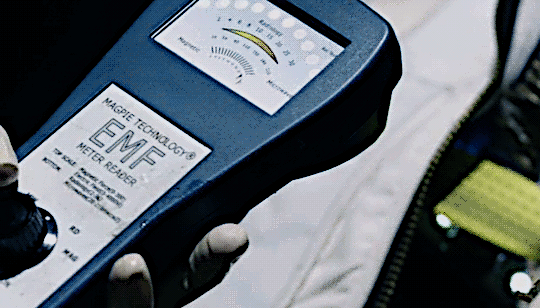
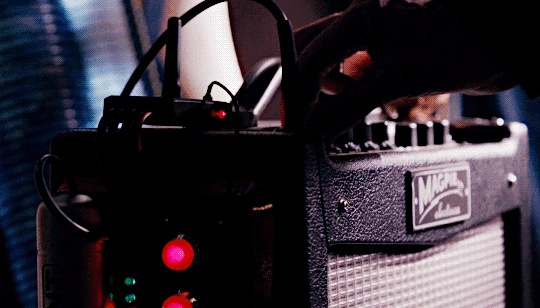
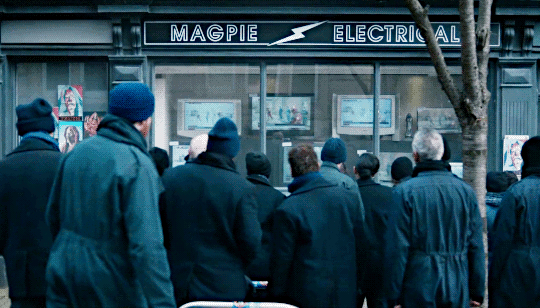
#dwedit#doctorwhoedit#doctor who#modern who#my gif#**#*dw#the idiot's lantern#the sound of drums#voyage of the damned#the beast below#vincent and the doctor#day of the moon#before the flood#the lie of the land#parallelmw#compilation
301 notes
·
View notes
Text







'Le Voyage Dans La Lune' (Voyage to the Moon) French posters.
11 notes
·
View notes
Text




the Outers are the funniest dramatic bitches out there because they're always 100% on the same page with everything immediately, no matter how weird or unexpected. like there is no question or hesitation from any of them in whether they're gonna steal baby Hotaru and run off with her and raise her as her lesbian throuple parents, its as if they had all discussed this as a possible outcome already and its just all going according to plan
but also they will be 100% on their same page with their actions and have also reached the character growth that makes them accept they are on the same team as the Inners and they need to work together rather than sacrifice themselves needless.
But also they are NOT giving Usagi their new address
#we're keeping our location vague as possible princess we love you tho#also if Chibiusa wants to come over she can but we'll pick her up and drop her off#sera myu#sailor uranus#sailor neptune#sailor pluto#sailor saturn#sailor moon#haruka tenou#michiru kaioh#setsuna meioh#hotaru tomoe#usagi tsukino#un nouveau voyage
415 notes
·
View notes
Text
The Earth As Seen From
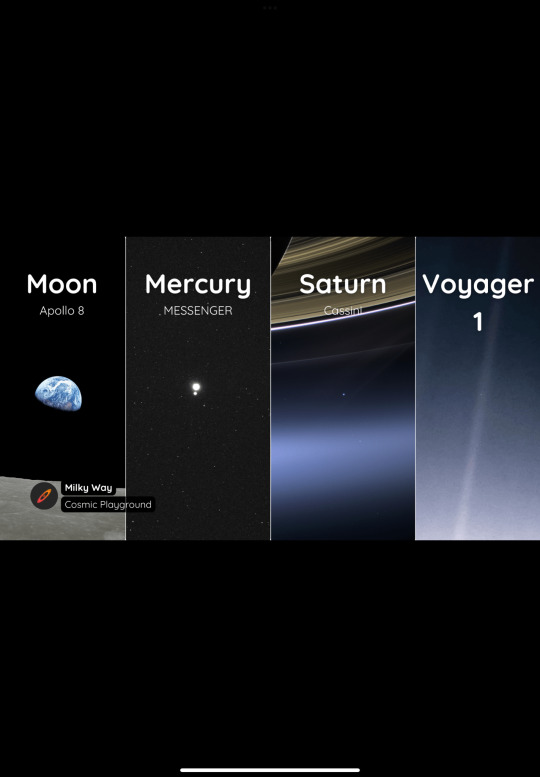
#moon#planet mercury#planet saturn#voyager 1#cassini huygens#messenger spacecraft#apollo 8#astronomy#nasa#astronomers#universe#astrophotography#nasa photos#astrophysics#outer space#nasawebb#hubble space telescope#i love astronomy#astronomy facts#astrography#astrobiology#astronauts#astronaut#astro community#astro notes#astro observations#astroblr#astro boy#planetary science#planetary nebula
289 notes
·
View notes
